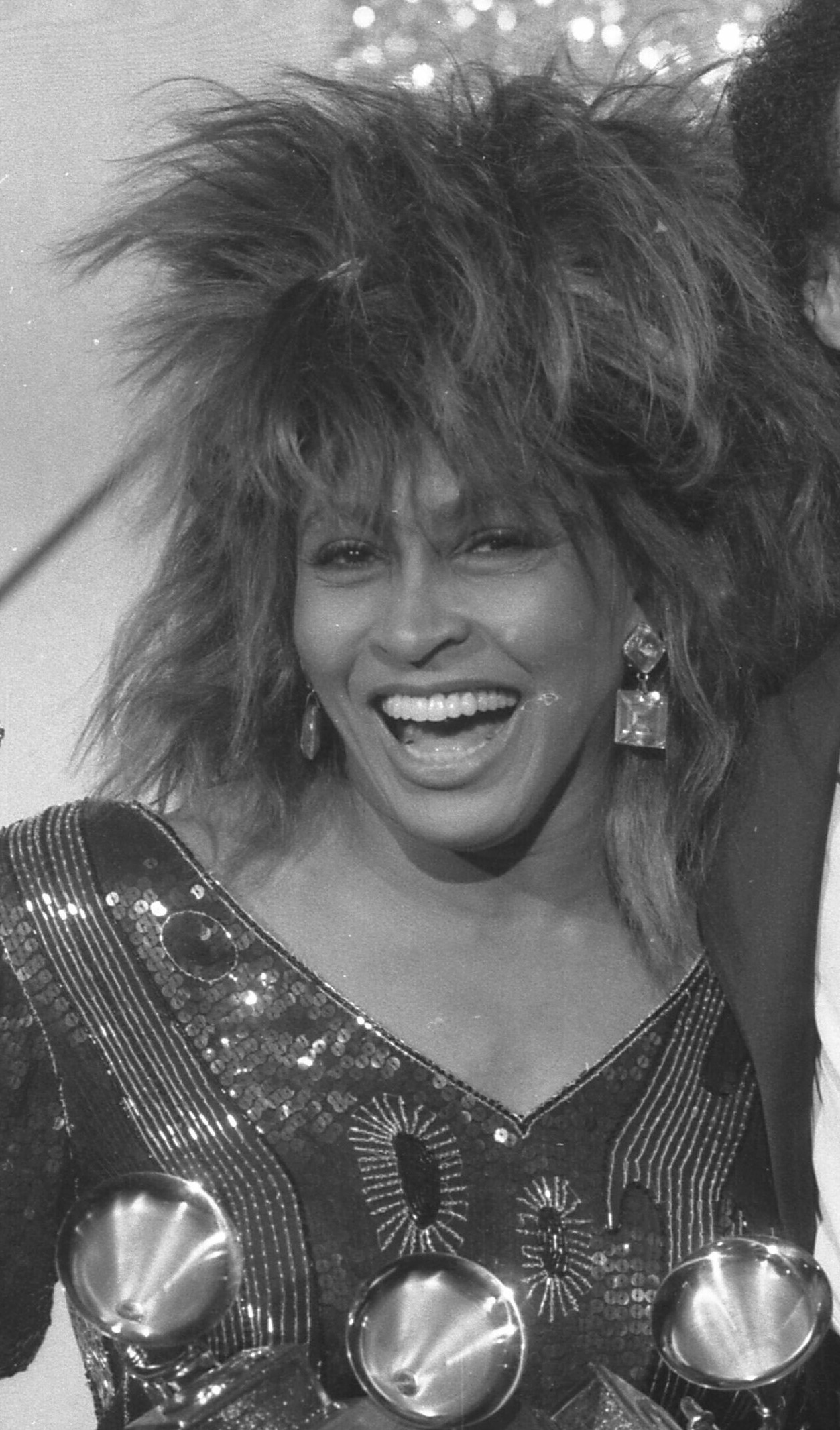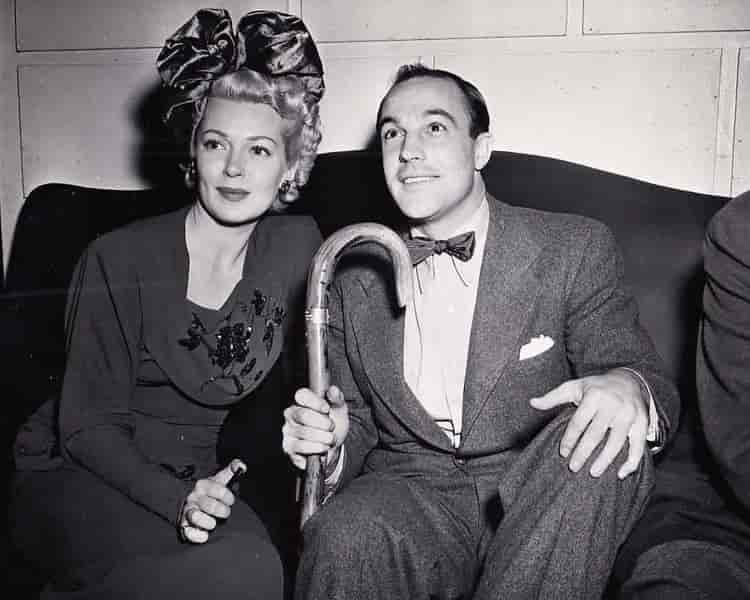
The world paused in collective mourning on Wednesday, May 24, as news spread of the passing of Tina Turner, the incandescent “Queen of Rock ‘n’ Roll.” She died peacefully at 83, after a long illness, in her home in Küsnacht, near Zurich, Switzerland, a country she had called home as a citizen for the past decade. Her manager, Bernard Doherty, confirmed her death, stating that “with her, the world loses a music legend and a role model.” Indeed, few stars have traveled so far, overcome so much, and left such an indelible mark on the landscape of popular music and beyond.
From her humble beginnings as Anna Mae Bullock, born in a segregated Tennessee hospital in Nutbush in 1939, to her final years on a sprawling 260,000 square foot estate on Lake Zurich, Tina Turner’s life was an astonishing tapestry of resilience and triumph. President Biden articulated this perfectly, noting that in addition to being a “once-in-a-generation talent that changed American music forever,” Tina’s personal strength was “remarkable.” He emphasized that she built “a career for the ages and a life and legacy that were entirely hers.”
Her story, famously chronicled in memoirs, films, and musicals, begins not with glamour, but with raw talent discovered in the blues clubs of St. Louis. As a teenager, she frequented these venues, and it was there, at the Club Manhattan, that she first encountered Ike Turner and his Kings of Rhythm. Though initially unimpressed by his appearance, her perspective shifted dramatically the moment he began to play. “He hit one note, and I thought, ‘Jesus, listen to this guy play,’” she vividly recalled in her memoir.
Tina, then still Anna Mae, seized her moment during an intermission at a Club D’Lisa show where Ike was alone on stage, playing a blues melody. She famously grabbed a microphone and sang along to B.B. King’s “You Know I Love You.” A stunned Ike exclaimed, “Giirrlll!!” and demanded to know what else she could perform. Despite her mother’s objections, she joined his group. Ike, inspired by the comic book heroine Sheena, Queen of the Jungle, famously changed her first name to Tina and cemented her last name by marrying her in 1962, even going so far as to trademark the name “Tina Turner” in a chilling harbinger of the control he would later exert.

The Ike & Tina Turner Revue rapidly became a powerhouse, captivating audiences with their dynamic live shows and groundbreaking records throughout the 1960s and 70s. Their recorded debut, “A Fool in Love,” in 1960, quickly became one of the first R&B songs to achieve crossover pop success, ultimately going platinum. They were a phenomenon, constantly touring the “Chitlin’ Circuit,” releasing their first album, Live! The Ike & Tina Turner Show, which charted, and scoring hits like “It’s Going to Work Out Fine” and “Nutbush City Limits.” Ike, always billed first, controlled every aspect of the show, from material to arrangements and the backing singers, the Ikettes.
Their incendiary performances, however, masked a horrifying private reality. Tina was frequently forced to go on stage with severe illnesses, including bronchitis, pneumonia, and even a collapsed right lung, because Ike was unwilling to miss a concert due to his constant need for money. More tragically, as she recounted in her memoir, “I, Tina,” the cause of her misfortunes was often Ike himself. “Ike began hitting her not long after they met, in the mid-1950s, and only grew more vicious,” the context reveals.
The abuse was relentless and brutal. He would throw hot coffee in her face, choke her, or beat her until her eyes were swollen shut, then rape her. Before one show, he broke her jaw, and she performed with her mouth full of blood. Terrified both of being with Ike and of being without him, Tina found a lifeline in her emerging Buddhist faith in the mid-1970s, which gave her a much-needed sense of strength and self-worth. This newfound inner fortitude finally empowered her to make the courageous decision to leave.

In early July 1976, during a tour marking the country’s bicentennial, Tina seized her chance. While Ike slept, she snuck out of their Dallas hotel room, clutching only a Mobil credit card and 36 cents. She hurried across a nearby highway, narrowly avoiding a speeding truck, and found another hotel. Her memoir captures the raw defiance of that moment: “I looked at him (Ike) and thought, ‘You just beat me for the last time, you sucker.’” This brave act of escape resonated deeply, making Turner one of the first celebrities to speak candidly about domestic abuse and transforming her into a heroine for battered women and a powerful symbol of resilience for all. When Ike died in 2007, Tina’s response was simple yet profound: “Tina is aware that Ike passed away.”
Despite the private torment, the Ike and Tina Turner Revue remained a sensation to their fans, evolving from bluesy ballads to flashy covers that brought them crossover success. Their electrifying reworkings of songs like Creedence Clearwater Revival’s “Proud Mary” became definitive. Against a background of funky guitar and Ike’s crooning baritone, Tina famously prefaced the song with spoken words about those who wanted things “nice and easy.” But, she warned, “you see, we never ever do nothing nice and easy. We always do it nice — and rough.” They opened for the Rolling Stones in 1966 and 1969, and their passionate performance of Otis Redding’s “I’ve Been Loving You Too Long” was immortalized in the 1970 Stones documentary “Gimme Shelter.” Tina also delivered an explosive lead vocal to Phil Spector’s titanic production of “River Deep, Mountain High,” a track that, despite flopping in the U.S. in 1966, became a hit overseas and an eventual standard.
Following her divorce from Ike in 1978, in which she received two cars and, crucially, the rights to her stage name, Tina’s career faced immense challenges. By the end of the 1970s, it seemed finished. At 40 years old, her first solo album had flopped, and her live shows were mostly confined to the cabaret circuit. Desperate for work and money, she even agreed to tour in South Africa when the country was widely boycotted due to its racist apartheid regime. But the spirit of this indomitable artist could not be extinguished.

Her remarkable comeback was ignited by fellow rock legends. Rod Stewart convinced her to sing “Hot Legs” with him on “Saturday Night Live.” Mick Jagger, who openly borrowed some of Turner’s on-stage moves, invited her to sing “Honky Tonk Women” during the Stones’ 1981-82 tour. David Bowie, at a listening party for his 1983 album “Let’s Dance,” declared Turner his favorite female singer. More popular in England at the time than in the U.S., she recorded a raspy version of Al Green’s “Let’s Stay Together” at EMI’s Abbey Road studios in London. By the end of 1983, it was a hit throughout Europe and on the verge of breaking in the states. John Carter, an A&R man at Capitol Records, urged the label to sign her and make an album.
The album, “Private Dancer,” released in May 1984, was a monumental success, selling more than eight million copies and featuring several hit singles, including the title song and “Better Be Good To Me.” It won four Grammys, among them Record of the Year for “What’s Love Got to Do With It.” Tina, however, initially dismissed the song as “wimpy,” stating, “I just thought it was some old pop song, and I didn’t like it.” Yet, it was this very song that came to define the clear-eyed, independent image of her post-Ike years. As she famously quipped in her memoir, “People look at me now and think what a hot life I must have lived — ha!” For Tina, it wasn’t a comeback; as she declared in the 2021 HBO documentary Tina, “Tina had never arrived. It was Tina’s debut.”
Her resurgence continued unabated. The following year, she starred alongside Mel Gibson in “Mad Max Beyond Thunderdome” and scored a No. 2 hit with “We Don’t Need Another Hero (Thunderdome).” Her next album, 1986’s “Break Every Rule,” also went platinum and yielded the No. 2 hit “Typical Male.” Turner continued making music over the next decade, releasing her final studio album, “Twenty Four Seven,” in 1999. She retired at the end of the 2000’s Twenty Four Seven Tour, but couldn’t resist one more iconic performance alongside Beyoncé at the 2008 Grammys, followed by the Tina!: 50th Anniversary Tour, after which she officially retired from the stage, this time for good, in 2009.
Read more about: Flashback Fashion: Why ’80s Style is Making a Chic Comeback

Tina Turner’s legacy is monumental, a testament to her unique and remarkable force of nature, her strength, incredible energy, and immense talent. She held the stage with a growling contralto that shook rooms, a bold smile, strong cheekbones, a striking palette of wigs, and muscular, quick-stepping legs she never shied from showing off. She sold more than 180 million albums worldwide and won an astonishing 12 Grammys, including a Lifetime Achievement Award in 2018. Her songs like “Proud Mary,” “Nutbush City Limits,” and “What’s Love Got To Do With It” are pop, rock, and rhythm and blues favorites that remain ingrained in global consciousness.
Her profound impact on music and culture is undeniable. She was inducted into the Rock and Roll Hall of Fame with Ike in 1991, and then, deservedly, on her own in 2021, making her one of only three women to achieve this double honor. She received the Kennedy Center Honors in 2005, with admirers like Beyoncé and Oprah Winfrey among those praising her. In the Tina documentary, she spoke of her dream “to be the first Black rock ‘n’ roll singer to pack places like the [Rolling] Stones.” She reflected with profound self-awareness, “Look what I have done in this lifetime with this body. I’m a girl from a cotton field. I pulled myself above what was not taught to me.”
Tributes poured in from across the music and entertainment world, painting a vivid picture of her indelible influence. Beyoncé, who performed “Proud Mary” with Turner at the 2008 Grammys, lovingly called her “My beloved queen,” adding, “You are strength and resilience. You are the epitome of power and passion.” Mick Jagger shared his sadness, remembering his “wonderful friend Tina Turner” as “truly an enormously talented performer and singer. She was inspiring, warm, funny and generous. She helped me so much when I was young and I will never forget her.”

Pete Townshend of The Who, for whom Tina played the Acid Queen in the 1975 film version of their rock opera “Tommy,” praised her “utterly scary” and “immense presence.” He noted how she “turned that song on its head! All the anger of her years as a victim exploded into fire and bluster and a magnificent and crazy cameo role that will always stay with me.” Mariah Carey tweeted that “the words legendary, iconic, diva, and superstar are often overused and yet Tina Turner embodies them all and so many more. To me, she will always be a survivor and an inspiration to women everywhere.” Dolly Parton, paying homage to “Proud Mary,” beautifully summed it up: “Now she’s rollin’ rollin’ rollin’ on to glory. Roll on, Tina. We will always love you!”
Her personal life, though marked by immense tragedy, including the deaths of both her biological sons, Craig (by suicide in 2018) and Ronald (from colon cancer in 2022), found a profound sense of peace in later years. Her life, which once seemed an argument against marriage, transformed into a deep love story with her second husband, Erwin Bach, a German music executive. They met in the mid-1980s when he picked her up at an airport for record promotion. He was more than a decade younger, and as she described him in the HBO documentary, “the prettiest face.” The attraction was mutual and enduring. They wed in 2013 in a civil ceremony in Switzerland, and he later gave her a kidney transplant in 2017. Tina told the press at the time of her marriage, “It’s that happiness that people talk about, when you wish for nothing, when you can finally take a deep breath and say, ‘Everything is good.’”
This final chapter of serenity underscored a life of unparalleled strength and self-actualization. Tina Turner was not merely a singer; she was a force of nature who redefined what was possible for a Black woman in rock and roll, proving that talent, resilience, and an unwavering spirit can conquer even the darkest of days. Her voice, her movements, her very presence, were a defiant roar against adversity and a jubilant celebration of life. She leaves behind not just a discography of hits, but a profound legacy of empowerment, proving that even after profound suffering, one can rise, reign, and find enduring peace. The stage lights may have dimmed, but her legend will forever blaze with the intensity of her “nice — and rough” spirit.



